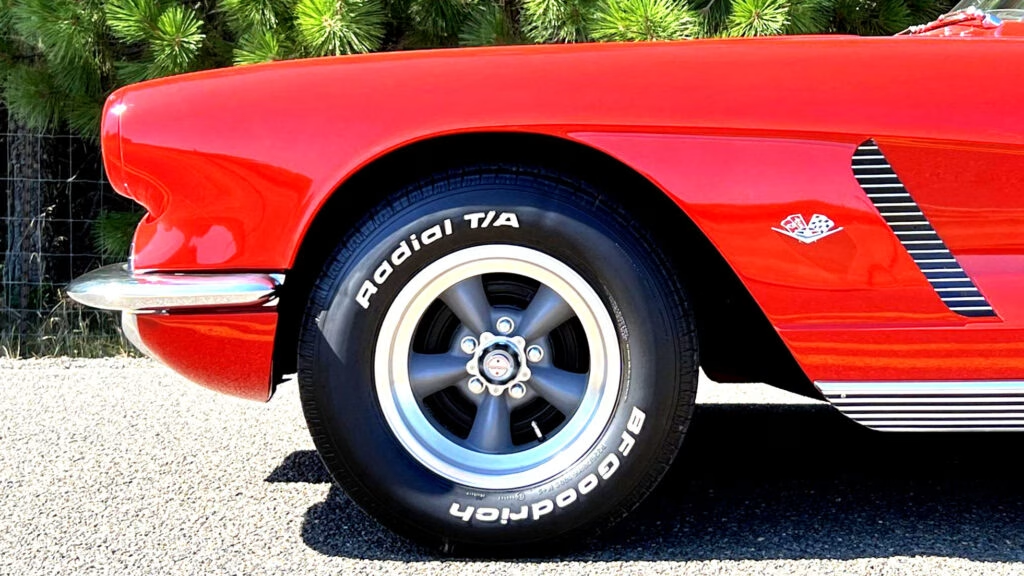Are New Emissions Rules About to Bring Back Brake Drums?
What’s Changing with Car Emissions and Why Are Brakes in the Spotlight?
If you’ve been following the evolution of car emissions, you probably know the focus has long been on tailpipes. But that’s about to shift in a big way. Starting November 2026, the new Euro 7 regulations will clamp down not just on what comes out of your exhaust, but also on the invisible particles shed by your car’s brakes and tires. Why the sudden interest? Recent studies have shown that brake pad dust can be even more harmful than diesel exhaust, contributing to air pollution and respiratory issues in urban areas. In fact, the European Environment Agency estimates that non-exhaust sources like brakes and tires could account for up to 10% of particulate matter (PM10) emissions from road transport in major cities.
How Did Brake Drums Fade Away—and Why Might They Return?
Let’s rewind a bit. Back in the day, drum brakes were everywhere. If you’ve ever driven a classic car down a twisty hill, you know the word “fade” all too well—drum brakes would get hot and lose their bite. That’s why, starting in the 1960s, disc brakes took over, first on performance cars and then on pretty much everything else by the 1980s. Drums stuck around on the rear wheels of some budget cars, mostly because they’re cheap and simple. But here’s the twist: the very thing that made drums less desirable—how they trap heat—also means they trap brake dust, keeping more of those nasty particles away from the air we breathe.
What Are Automakers Doing to Cut Brake Emissions?
With Euro 7 looming, carmakers are scrambling for solutions. Some are experimenting with new brake pad materials that wear more slowly, while others are coating steel rotors to reduce dust. High-end options, like carbon ceramic discs (think supercars), can slash brake emissions by up to 81%, according to recent industry data. But those are pricey, and not exactly practical for your average family hatchback.
Then there’s the old-school approach: bring back the brake drum. Because the friction surfaces are enclosed, most of the dust stays inside the drum, rather than floating out onto the street or your shiny wheels. Plus, drums are lighter and cheaper to produce, and they create less drag when you’re not braking. For automakers facing tough new limits on brake emissions, that’s a pretty compelling package.
Why Are Electric Cars and Hybrids Good Candidates for Drum Brakes?
Here’s where things get interesting. Electric vehicles (EVs) and hybrids rely heavily on regenerative braking, which uses the electric motor to slow the car and recapture energy. This means the traditional friction brakes—whether disc or drum—are used less often, especially on the rear wheels. Because the braking demands are lower, rear drum brakes make a lot of sense. They’re already showing up on models like the Volkswagen ID.3 and ID.4, including their sportier GTX versions. As more automakers look for ways to meet Euro 7’s tough standards, expect to see this “retro” tech popping up in places you wouldn’t expect.
What Do Experts and Industry Leaders Say About the Drum Brake Revival?
Suppliers like Tenneco, which produces copper-free brake pads that can cut PM10 emissions by 60%, have noticed something: the decline in demand for drum brakes has slowed, and could even reverse. According to automotive engineers, the combination of cost savings, emission reductions, and compatibility with EVs makes drum brakes an attractive option for the next generation of cars. It’s not just nostalgia—it’s about meeting real-world challenges with practical solutions.
Are There Any Downsides or Trade-Offs to Bringing Back Drum Brakes?
Let’s be real: drum brakes aren’t perfect. They can still overheat under heavy use, which is why you won’t see them on high-performance cars any time soon. But for everyday driving, especially in city traffic where emissions matter most, the benefits outweigh the drawbacks. And with modern materials and engineering, today’s drum brakes are a far cry from the ones your grandparents complained about.
What Should Car Owners and Buyers Watch For as These Changes Roll Out?
If you’re shopping for a new car in the next few years, don’t be surprised if you see drum brakes making a comeback—especially on the rear wheels of EVs and hybrids. It’s not a step backward; it’s a smart adaptation to stricter environmental rules. And if you’re worried about performance, rest easy: for most drivers, the difference will be invisible. What you might notice is less brake dust on your wheels and cleaner air in your neighborhood.
The big takeaway? Cleaner, greener braking isn’t about perfection—it’s about smarter adjustments. Start with one change this week, and you’ll likely spot the difference by month’s end.

